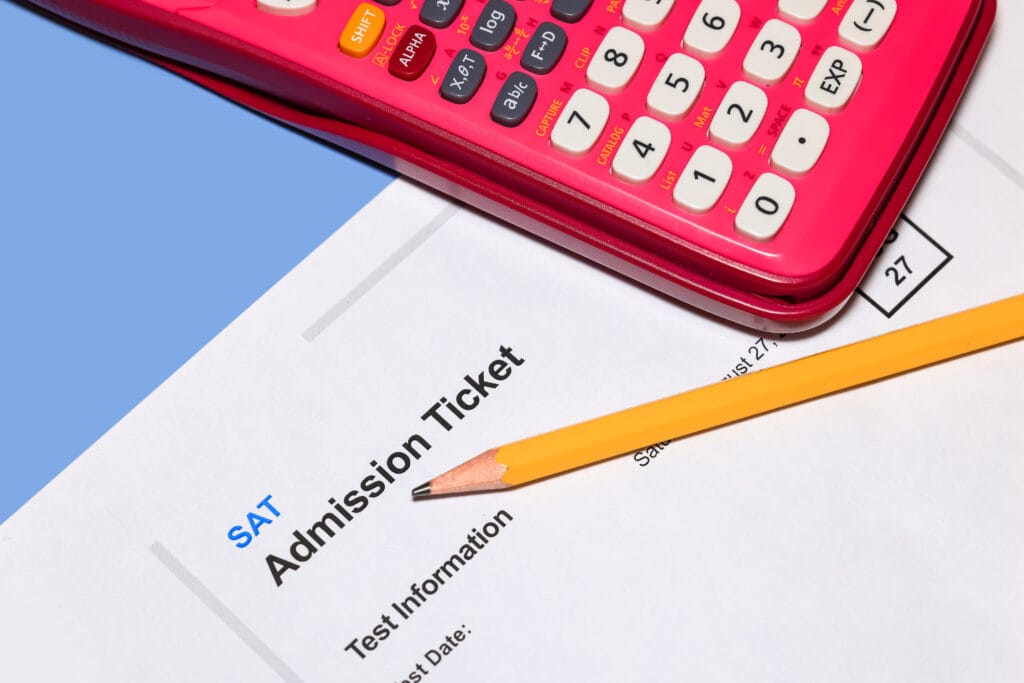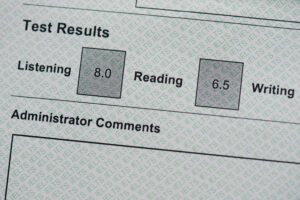Introduction
Preparing for the SAT is a crucial step for high school students who want to boost their college applications. According to the College Board, the maker of the SAT, effective preparation involves a combination of classroom learning, targeted practice, and utilizing official resources to familiarize oneself with the digital test format and content.
In this article, we are going to discuss the below;
- SAT Importance and Impact
- Score Improvement Techniques
- Interpreting Your Score Report
- Understanding the SAT Scoring System
- Effective Time Management Strategies
- Utilizing Practice Tests Effectively
- Top Online SAT Prep Courses
- GCSE vs SAT Comparison
So let us start;
SAT Importance and Impact
The SAT plays a crucial role in college admissions, serving as a standardized measure to compare applicants from diverse backgrounds. It provides colleges with a way to evaluate students’ academic potential beyond high school grades, which can vary in rigor across different schools. A strong SAT score can compensate for a lower GPA and potentially increase scholarship opportunities. For international students, the SAT is particularly valuable as it’s accepted by over 4,000 universities worldwide, allowing them to apply to a wide range of programs globally. The test assesses critical reading, writing, and mathematical skills, which are considered indicative of college readiness. However, it’s important to note that many colleges now have test-optional policies, and the SAT is just one factor in a holistic admissions process that also considers grades, extracurricular activities, essays, and other aspects of a student’s application.
Score Improvement Techniques
Improving SAT scores requires a multifaceted approach combining targeted practice, strategic time management, and effective study techniques. Regular self-testing has been shown to significantly enhance academic performance and reduce test anxiety. Students should focus on actively recalling information rather than passively rereading notes, as this improves long-term retention. Creating personalized study guides and transforming chapter headings into questions can help identify knowledge gaps and prioritize study efforts. For the digital SAT, familiarizing oneself with the test interface is crucial. Time management is essential, with students advised to practice working quickly and efficiently under timed conditions. Reviewing mistakes from practice tests helps identify weaknesses and develop better strategies for similar questions. Additionally, improving reading speed and comprehension can be beneficial across multiple sections of the SAT.
Interpreting Your Score Report
The SAT score report provides detailed insights into a student’s performance. The total score, ranging from 400 to 1600, is the sum of two section scores: Evidence-Based Reading and Writing (EBRW) and Math, each ranging from 200 to 800. The report also includes percentile rankings, showing how a student’s performance compares to others. For the digital SAT, the score report displays eight skill bars for each section, indicating strengths and knowledge gaps in specific content areas. College readiness benchmarks, previously included, are no longer part of the digital SAT score report. To gain a comprehensive understanding of performance, students should examine their total score, section scores, and skill bar indicators, using this information to identify areas for improvement in their test preparation.
Understanding the SAT Scoring System
The SAT scoring system is based on a 1600-point scale, with two main sections – Evidence-Based Reading and Writing (EBRW) and Math – each scored from 200 to 800 points. Raw scores, calculated by the number of correct answers with no penalty for wrong answers, are converted to scaled scores through a process called “equating” to account for slight differences in test difficulty. The total SAT score is the sum of the two section scores. A score of 1210 or higher is generally considered good, placing a student in the top 25% of test takers. The College Board also provides percentile ranks to show how a student’s performance compares to others, with two types of percentiles: the Nationally Representative Sample Percentile and the SAT User Percentile.
Effective Time Management Strategies
Effective time management strategies are crucial for maximizing productivity and reducing stress. One key approach is prioritizing tasks using methods like the Eisenhower Matrix, which categorizes tasks based on urgency and importance. Setting SMART goals (Specific, Measurable, Attainable, Relevant, and Time-bound) helps in creating achievable objectives and tracking progress. Time blocking, where specific time slots are allocated for different activities, can improve focus and efficiency. Additionally, breaking larger projects into smaller, manageable tasks can prevent feeling overwhelmed and promote steady progress. Utilizing digital tools like calendar apps and time-tracking software can further enhance organization and time awareness. Regular self-assessment of time management habits and adapting strategies as needed are essential for continuous improvement.
Utilizing Practice Tests Effectively
Practice tests are a crucial component of effective SAT preparation, offering numerous benefits when utilized properly. Taking practice tests under simulated exam conditions helps students build mental endurance and familiarize themselves with the test format, reducing anxiety on the actual test day. It’s recommended to take practice tests regularly throughout the study period, starting early to establish a baseline and track progress. The “testing effect” demonstrates that actively recalling information through practice tests improves long-term retention and recall ability. To maximize benefits, students should analyze their results, focusing on understanding both correct and incorrect answers, and use this information to guide further study. Additionally, using high-quality practice tests from reputable sources, such as those provided by the College Board, ensures the most accurate representation of the actual SAT.
Top Online SAT Prep Courses
Several top-rated online SAT prep courses are available to help students prepare for the digital SAT. Khan Academy offers the best free course, providing official SAT practice materials in partnership with the College Board. For those seeking a paid option with strong results guarantees, Princeton Review SAT Prep is highly recommended, starting at $499. Kaplan SAT Prep, with the longest track record in test preparation, offers various course options starting at $199, including self-paced and live online instruction. For budget-conscious students, Magoosh SAT Prep provides affordable preparation starting at $129. These courses typically include video lessons, practice questions, full-length practice tests, and study plans tailored to the new digital SAT format.
GCSE vs SAT Comparison
The GCSE and SAT are two different educational assessment systems used in the UK and US, respectively. Here’s a comparison of their key features:
Purpose:
GCSE: Assesses knowledge and skills in specific subjects for UK students
SAT: Measures college readiness in critical reading, writing, and math for US college admissions.
Structure:
GCSE: Multiple subject-specific exams
SAT: One standardized test covering critical reading, writing, and math
Grading:
GCSE: Grades 9-1 (9 being highest)
SAT: Scores range from 400-1600
Content:
GCSE: Covers a wide range of subjects, including core and elective courses
SAT: Focuses on critical thinking, problem-solving, and analytical skills
Recognition:
GCSE: Primarily recognized in the UK educational system
SAT: Widely accepted by US colleges and some international institutions
Age taken:
GCSE: Typically at age 16
SAT: Usually taken in 11th or 12th grade (ages 16-18)
Assessment method:
GCSE: Combination of exams, coursework, and practical assessments
SAT: Primarily multiple-choice questions with an optional essay
While both are important for their respective educational systems, international students applying to US colleges may need to consider taking the SAT in addition to their GCSEs.



